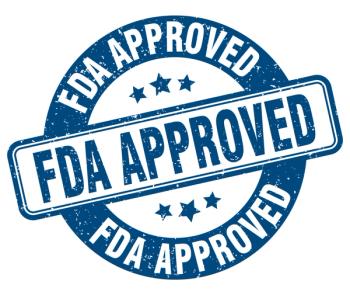
Pharmacists and physicians who used e-prescribing in pilot projects are still experiencing challenges
Aside from workflow and technology issues, pharmacists and physicians participating in pilot projects onder the Medicare Modernization Act generally supported e-prescribing.
Pharmacists and physicians who used e-prescribing systems in pilot projects under the Medicare Modernization Act (MMA) said it made their jobs easier, according to new results presented at the recent Healthcare Information and Management Systems Society (HIMSS) conference in Orlando, Fla.
White and Woolley shared results from five pilot sites in a variety of clinical settings that tested e-prescribing throughout 2006. The pilot projects were administered by AHRQ and the Centers for Medicare & Medicaid Services.
Surveying pharmacists and physicians
In a follow-up survey after the year-long testing of various e-prescribing technologies, the physicians and pharmacists generally supported e-prescribing. Fifty-eight percent of the pharmacists and physicians agreed, and 24% "strongly agreed," that e-prescribing is easy to use. Twenty-six percent agreed that e-prescribing made work easier for their staff, and 25% strongly agreed with that statement.
In addition, 38% agreed that e-prescribing improves the quality of care they can deliver and 24% strongly agreed to that statement.
"Anecdotally, we hear from physicians that, once they fit e-prescribing into their workflow and it becomes a habit, e-prescribing can improve communications among various staff as well as patients in their practices," said Woolley, one of the contractors who evaluated the pilot projects.
Still, some pharmacists and physicians were reluctant to move away from paper-based systems and had trouble implementing e-prescribing in their day-to-day business practices.
"Adoption challenges are not a result of pharmacists or physicians being technology-phobic. In fact, they use technology in their everyday work processes," Woolley told Drug Topics. "However, when it impacts their routine, their workflow, and the way they deliver care to their patients, it is a more difficult change," she added.
In addition, the industry still needs to address technical problems that came up in the pilot projects such as: pharmacies not always reliably receiving transmissions, not finding patients in the systems, and the systems taking too much time, according to White. "There is the continued need to address the reluctance to move away from paper-based prescribing and technical problems with the hardware and software," he said.
Long-term care settings
In long-term care settings, doctors and pharmacists found that their workflow was slowed down by e-prescribing. "However, everyone involved was still enthusiastic about e-prescribing," White said.
After evaluating the observations of pharmacists and physicians, the pilot project evaluation team recommended three of the initial standards to be ready for implementation under Part D of the MMA. At the same time, they said that three of the issues should undergo additional research and testing.
Standards on medication history, formulary and benefits, and prescription fill status should be implemented, while electronic prior authorization (PA), the structured and codified SIG, and RxNorm were not recommended for adoption at this time because more work needed to be done. RxNorm, a standardized nomenclature for clinical drugs, is produced by the National Library of Medicine.
THE AUTHOR is a writer based in Orlando, Fla.
Newsletter
Pharmacy practice is always changing. Stay ahead of the curve with the Drug Topics newsletter and get the latest drug information, industry trends, and patient care tips.
































































































































































